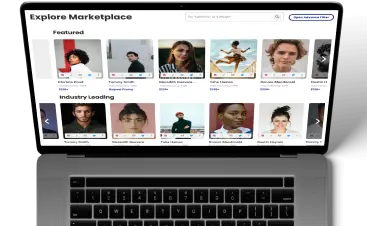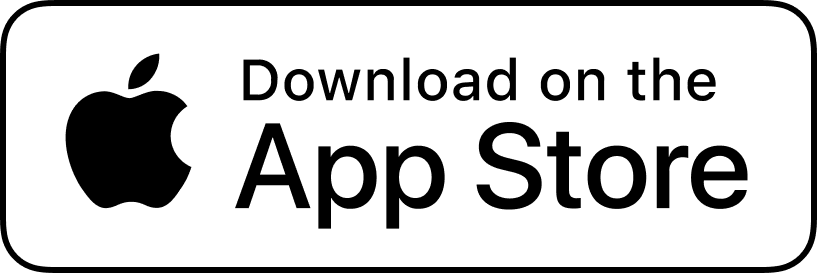What Is Brand Discovery?
Brand discovery refers to the process through which consumers become aware of and learn about a particular brand, its products, and its values. It encompasses the various touchpoints and interactions that lead individuals to discover and engage with a brand, ultimately shaping their perceptions and attitudes.
There are several key elements involved in brand discovery:
- Awareness: Brand discovery begins with the initial exposure to a brand’s name, logo, or messaging. This can occur through various channels, including advertising, social media, word-of-mouth recommendations, search engine results, or product placement.
- Information Gathering: Once aware of a brand, consumers may seek more information to learn about its products, features, benefits, and reputation. This may involve visiting the brand’s website, reading reviews, researching on social media, or comparing it with competitors.
- Engagement: Consumers may engage with the brand by interacting with its content, following its social media accounts, signing up for newsletters, or participating in promotions and events. This deeper level of engagement allows consumers to connect with the brand more personally and build a relationship with it over time.
- Evaluation: During the discovery process, consumers assess whether the brand aligns with their needs, preferences, and values. Before engaging further with the brand, they may evaluate factors such as product quality, pricing, customer service, brand reputation, and social responsibility.
- Experience: Brand discovery is not limited to pre-purchase interactions but also encompasses the overall experience of using the brand’s products or services. Positive experiences reinforce the initial discovery and contribute to brand loyalty and advocacy.
Effective brand discovery strategies involve creating compelling and relevant brand experiences across multiple touchpoints to attract and engage consumers. This may include:
- Developing a strong brand identity and messaging that resonates with the target audience.
- Implementing multi-channel marketing campaigns to increase brand visibility and awareness.
- Providing valuable and informative content to educate consumers about the brand and its offerings.
- Leveraging social proof, testimonials, and user-generated content to build credibility and trust.
- Offering personalized experiences and incentives to encourage engagement and conversion.
- Monitoring and analyzing consumer feedback and behavior to continuously refine and optimize brand discovery efforts.
By creating meaningful interactions and delivering value at every stage of the discovery process, brands can effectively attract, engage, and retain customers while building long-term relationships and loyalty.
Check out some other terms you may encounter in the Creator economy here.








